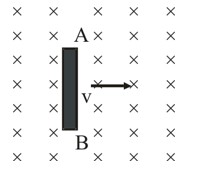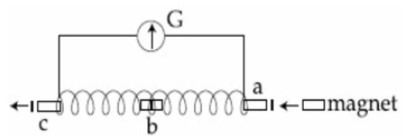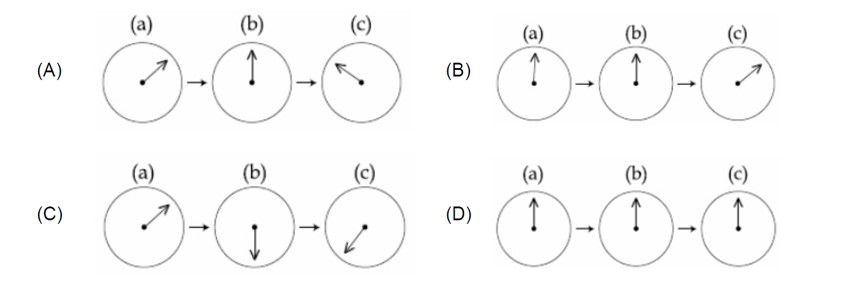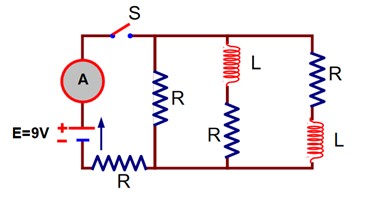Same as problem 4 except the coil A is made to rotate about a vertical axis (figure). No current flows in B if A is at rest. The current in coil A, when the current in B (at t = 0) is counter-clockwise and the coil A is as shown at this instant, t = 0, is
(a) Constant current clockwise
(b) Varying current clockwise
(c) Varying current counter clockwise
(d) Constant current counter clockwise
Same as problem 4 except the coil A is made to rotate about a vertical axis (figure). No current flows in B if A is at rest. The current in coil A, when the current in B (at t = 0) is counter-clockwise and the coil A is as shown at this instant, t = 0, is
(a) Constant current clockwise
(b) Varying current clockwise
(c) Varying current counter clockwise
(d) Constant current counter clockwise
-
1 Answer
-
This is a multiple choice answer as classified in NCERT Exemplar
(a) When the current in B (at t= 0) is counter-clockwise and the coil A is considered above to it. The counterclockwise flow of the current in B is equivalent to north pole of magnet and magnetic field lines are emanating upward to coil A. When coil A start rotating at (t= 0), the current in A is constant along clockwise direction by Lenz's rule.
Similar Questions for you
Kindly go through the solution
Bv = B sin 60°
->
M = φ? /I? = (B? A? )/I? = [ (μ? I? /2R? )πR? ²]/I?
[Diagram of two concentric coils]
M = (μ? πR? ²)/ (2R? )
M ∝ R? ²/R?
(A) The magnet's entry
R =
L = 2 mH
E = 9V
Just after the switch ‘S’ is closed, the inductor acts as open circuit.
Taking an Exam? Selecting a College?
Get authentic answers from experts, students and alumni that you won't find anywhere else
Sign Up on ShikshaOn Shiksha, get access to
- 65k Colleges
- 1.2k Exams
- 679k Reviews
- 1800k Answers




